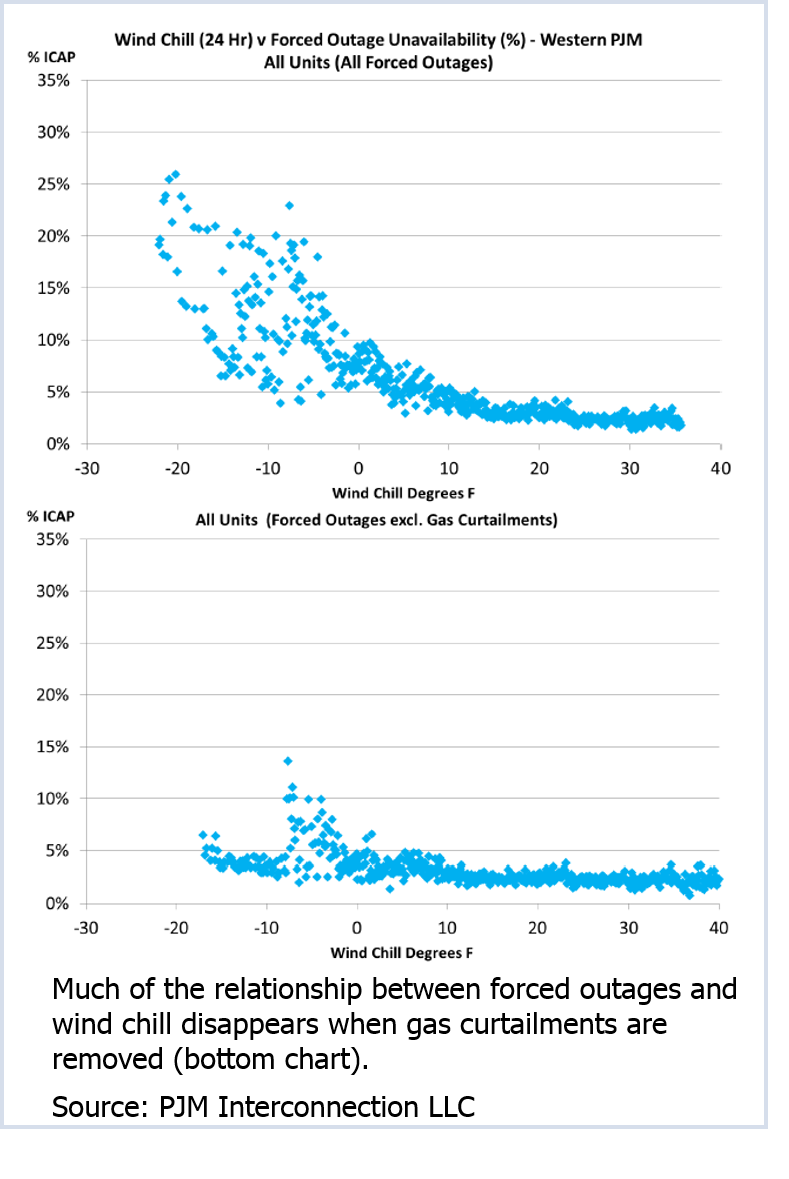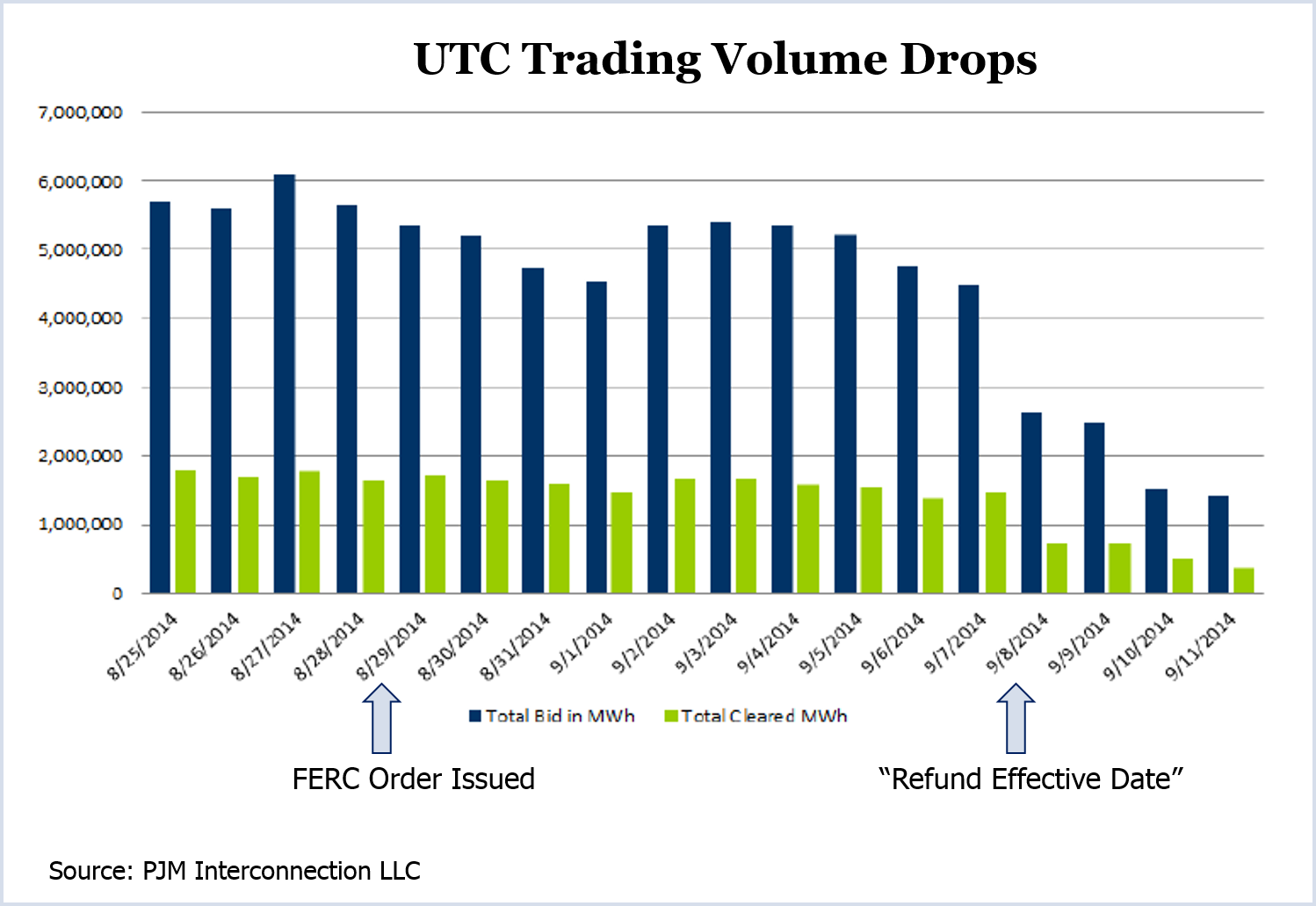PJM’s Board of Managers will seek approval of changes in capacity auction parameters despite load-serving entities’ requests that it delay action pending consideration of staff’s Capacity Performance proposal.
The board ordered staff to file changes resulting from the Triennial Review of the parameters with the Federal Energy Regulatory Commission by the Oct. 1 deadline set by PJM’s Tariff.
In a letter to stakeholders late Wednesday, CEO Terry Boston said the board had endorsed staff’s proposed changes in the shape and position of the capacity demand curve, which a PJM analysis indicated could add $1.5 billion to annual capacity costs.
The board ordered staff to revise the proposal to retain the backward-looking energy and ancillary services (E&AS) offset rather than a forward-looking methodology staff had proposed. The board also decided to use the Independent Market Monitor’s proposed labor cost estimates in the calculation of the cost of new entry (CONE) instead of those recommended by PJM’s consultant, The Brattle Group.
In letters to the board last month, stakeholders representing load interests said the board shouldn’t consider the parameter changes — which failed to win stakeholder consensus last month — until it evaluates how they would interact with the new Capacity Performance product. (See related story, Generators: Capacity Performance Unrealistic, Unfair.)
“Given the importance of the [Reliability Pricing Model] parameters in maintaining investment in infrastructure to sustain reliability over the long term, the board believes updates to these parameters are required,” Boston wrote. “The report presented by the Brattle consulting firm indicates the current variable resource requirement (VRR) curve shape does not properly reflect the varying importance of procuring capacity as the system becomes shorter or longer and that a more responsive curve shape is required.
“It is also clear that the cost of new entry values are outdated and require updates.”
E&AS
The PJM Power Providers (P3 Group), American Electric Power, Dayton Power and Light and FirstEnergy Service all urged the board to file the curve changes without delay. But they expressed concerns over staff’s proposal to switch to a forward-looking E&AS offset.
AEP, Dayton and FE said staff’s proposal lacked enough details to warrant adoption. “We would support ongoing dialogue about the merits of a forward-looking E&AS for implementation at a future date although we are not persuaded that the time is ripe for making this change,” they said.
The P3 Group said it would consider a forward-looking offset. But it said staff’s proposal “incorrectly calculates the future revenues expected by a generator and fails to recognize the necessity for making parallel reforms to use a consistent methodology for developing market seller offer caps.”
Dynegy, which urged the board to delay action on the parameter changes, also cited the “mismatch” between the forward-looking offset and the backward-looking offer cap. Dynegy also said the proposed offset could be distorted by illiquid forward markets and potential gaming of futures contracts.
Labor Costs
The board’s selection of the Monitor’s labor cost estimate ($4,179/MW-year for 2018) represents a 10% increase over the Brattle estimate ($3,788/MW-year).
In his letter, Boston acknowledged that the Triennial Review “has been a complex and, at times, contentious set of issues with strong feelings on all sides.” He said the board’s action was intended to “ensure long-term reliability at a reasonable cost.”
“We appreciate stakeholder concerns regarding the pending Capacity Performance discussion, but it is important to recognize that the installed reserve margin (IRM) calculations and the Brattle analysis already assume a higher standard of resource performance than was observed last winter,” Boston said.





